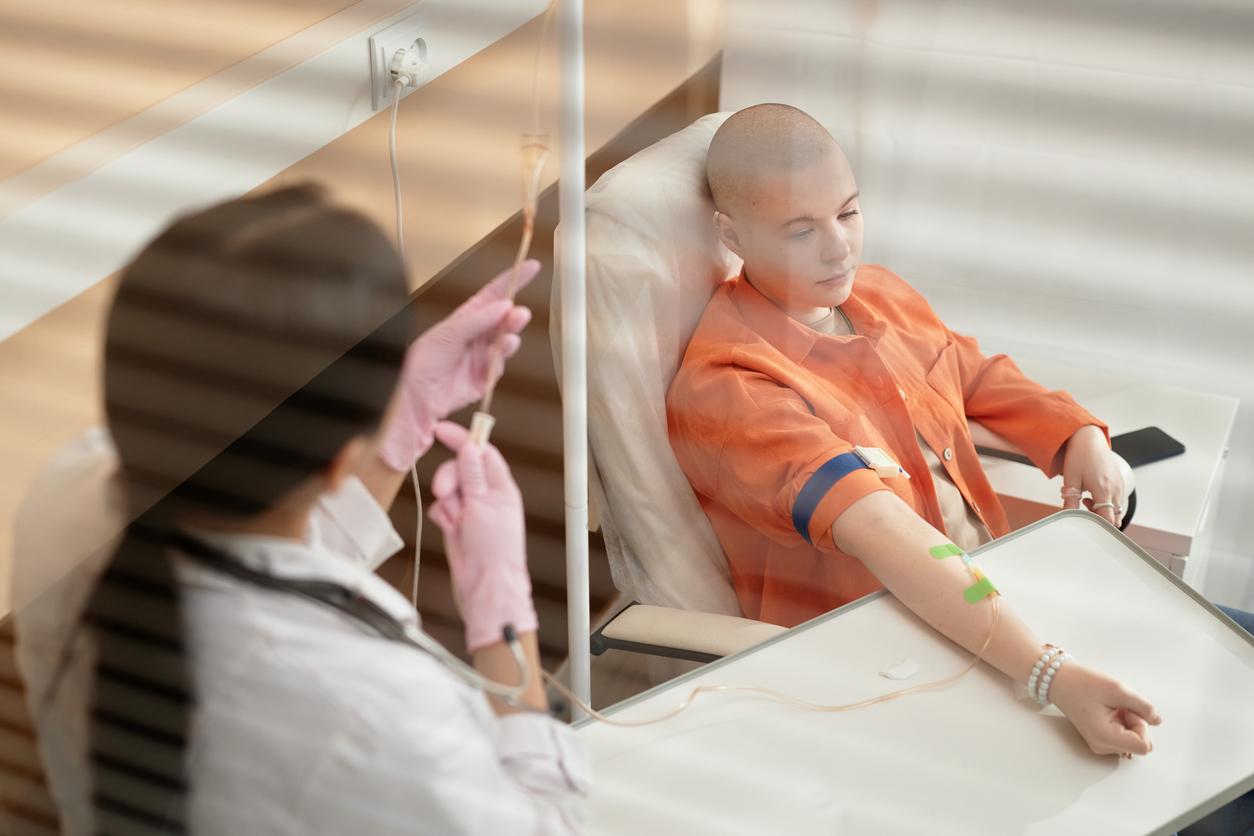The 70-year-old American actor, known in particular for his role as The Dude in The Big Lebowski, announced on his Twitter account that he has lymphoma, a cancer that affects the immune system.

- American actor Jeff Bridges, 70, announced on his Twitter page that he suffers from lymphoma.
- This cancer mainly affects the places where lymphocytes are produced, which play an essential role in our immune system.
“New S**T has come to light”. It is with this famous replica of The Big Lebowski that American actor Jeff Bridges, who played the main role of The Dude in the Coen brothers’ film, announced on Twitter that he was suffering from lymphoma. “I was diagnosed with lymphoma. Although it is a serious disease, I feel happy to have a great medical team and the prognosis is good.”, explained the 70-year-old comedian.
As the Dude would say.. New S**T has come to light.
I have been diagnosed with Lymphoma. Although it is a serious disease, I feel fortunate that I have a great team of doctors and the prognosis is good.
I’m starting treatment and will keep you posted on my recovery.
—Jeff Bridges (@TheJeffBridges) October 20, 2020
A cancer of the immune system
Lymphoma is a form of cancer of the lymphatic system. It occurs when the lymphocytes, one of the families of white blood cells, no longer do their job properly, proliferating in an anarchic manner. In this case, the lymphocytes reproduce too quickly and/or live too long. Lymphomas usually start in places where lymphocytes are produced, such as the lymph nodes, spleen or bone marrow. The painless, abnormal and asymmetrical swelling of the lymph nodes is also one of the first manifestations of lymphoma.
Normally, lymphocytes identify and fight against foreign bodies, abnormal or cancerous cells. They are the ones responsible for making the antibodies with which our body fights an infection.
In France, according to the National Cancer Institute, lymphomas represent half of serious blood diseases and 6% of all new cases of cancer. It is the fifth most common cancer in adults and the most common in children under the age of 14.
Two major families of lymphomas
Lymphomas are divided into two large families: Hodgkin’s lymphomas and non-Hodgkin’s lymphomas.
In Hodgkin lymphoma, the lymph nodes swell abnormally. They are hard but do not show pain or inflammation. During a biopsy carried out on a ganglion, the doctors realize that the cells which compose it are much larger than usual, that they have a malignant character (therefore cancerous). Other examinations, including blood tests, biopsies on other lymph nodes are necessary to pass a diagnosis
In contrast, non-Hodgkin’s lymphoma, or rather non-Hodgkin’s lymphomas, are a group of diseases that are all cancers of the immune system, numbering 80 according to the 2016 classification made by the World Health Organization (WHO). These are more common in men than in women. As with Hodgkin lymphoma, the main symptom is swollen lymph nodes.
Cancers that can be cured
If caught in time, lymphomas can be cured. For Hodgkin’s lymphoma, the cure rate is over 80% with chemotherapy and/or radiotherapy treatments.
With regard to non-Hodgkin’s lymphoma, the treatment is more complex, due to the multiple forms that the disease can take. It is essentially done with a combination of drugs that acts on cancer cells and chemotherapy, we then speak of immunochemotherapy. In both cases, once the disease has been overcome, regular medical consultations are appropriate in order to carry out a follow-up.

.















